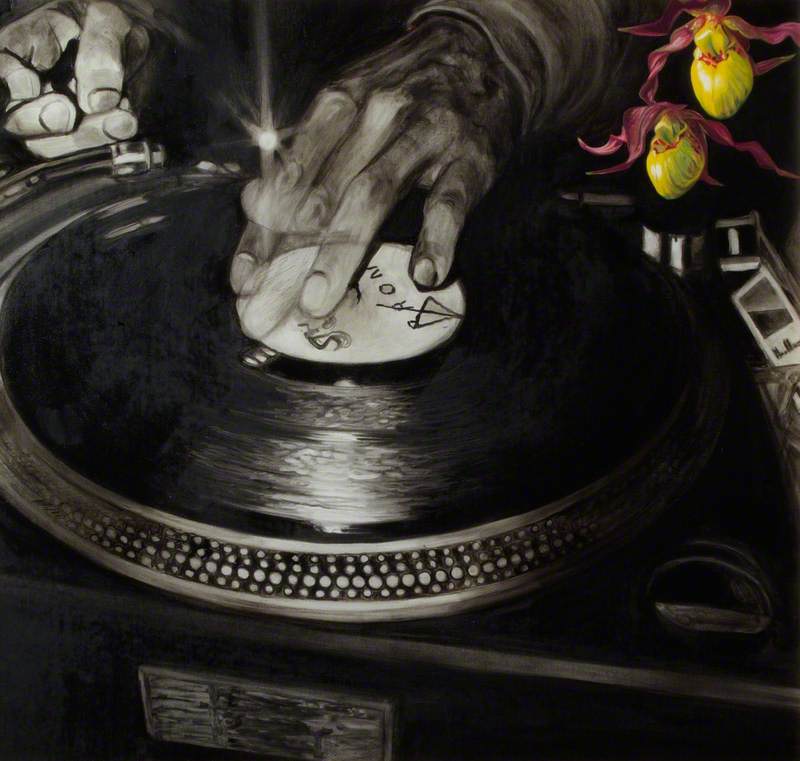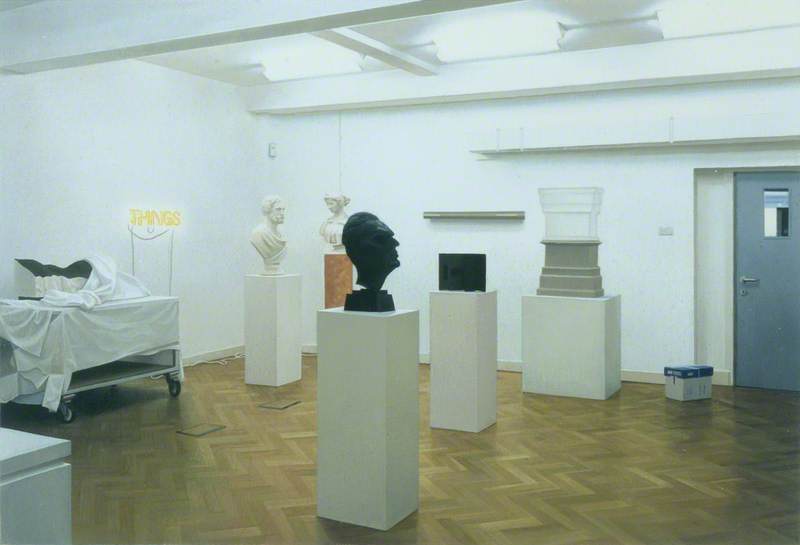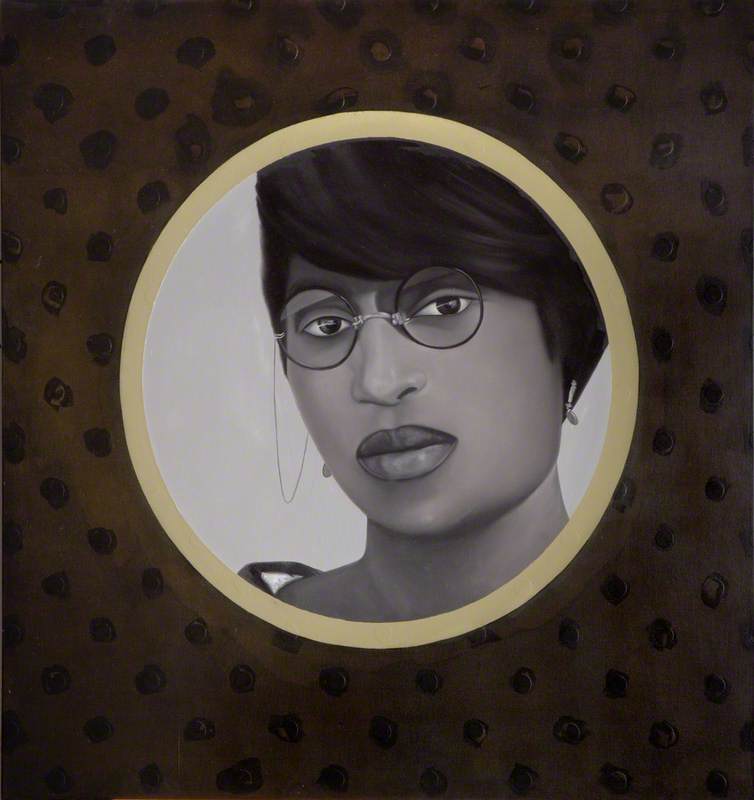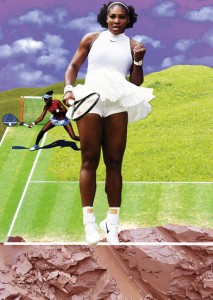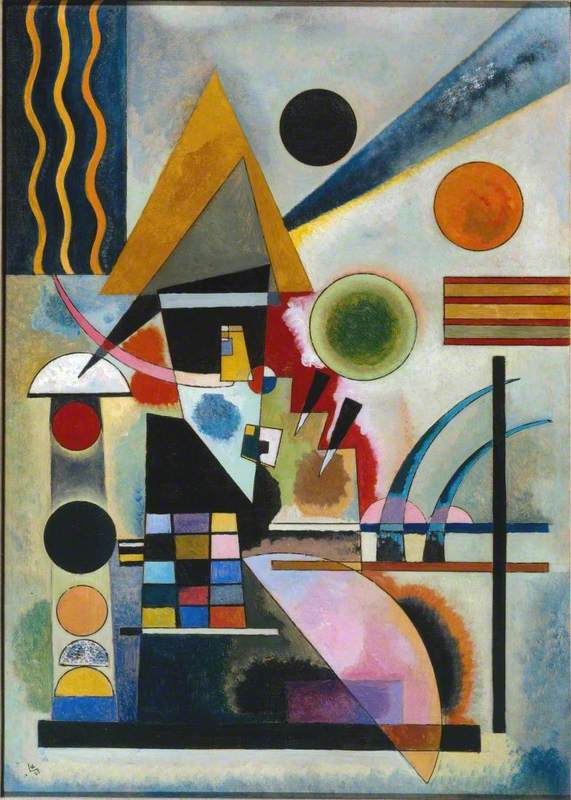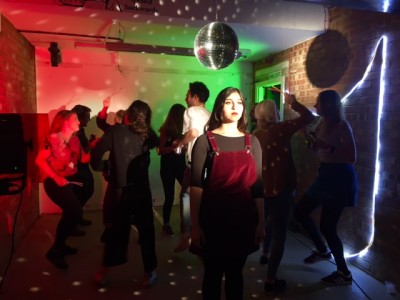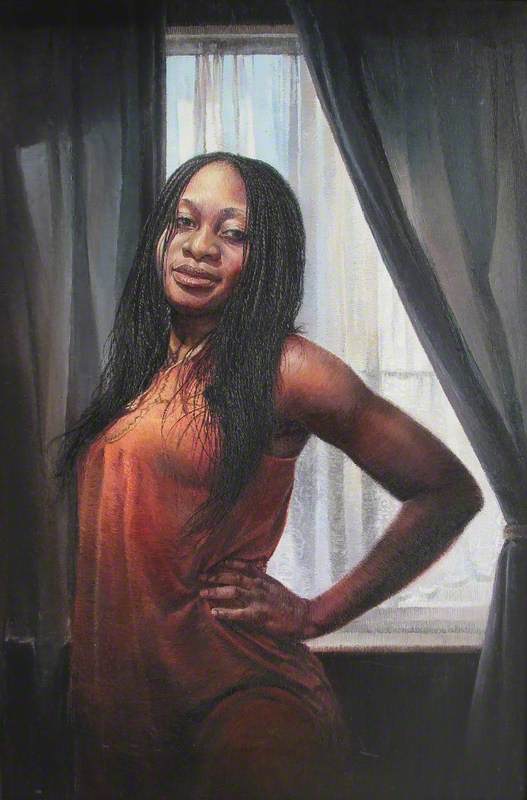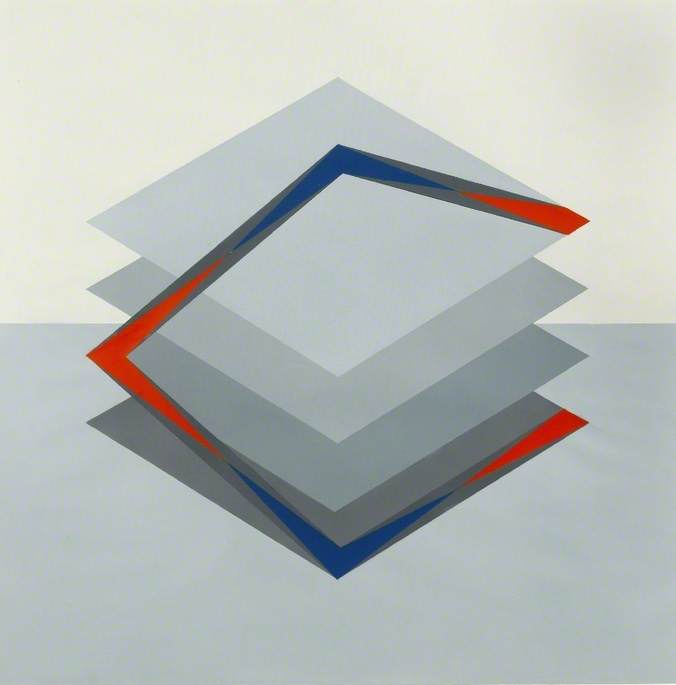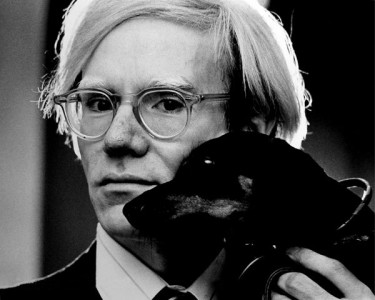The Hackney Painting was made in 2005 as part of The Chalmers Bequest – a project conceived by the artist Elizabeth Price – and has the following complex history.
The original Chalmers Bequest, made in 1929 by local resident Alexander Chalmers, is a collection of art managed by the Hackney Museum – where The Hackney Painting is now permanently housed. Along with the art, Chalmers left a certain sum of money, and ten instructions for the use, promotion and expansion of the collection, which were carried out until 1960. Continuing a long standing interest in public archives, Price set out to resurrect each of the instructions contained in the bequest – in her own words: ‘…on one final, commemorative occasion’. Artists, writers and local organisations were invited to act as the original protagonists in the re-enactment of Chalmers’ directives.
As one of such invited artist–reenactors, I proposed the making of a painting through which the 'collective unconscious' of Hackney was to be channeled. My original submitted proposal stated: 'What era will come through most strongly and what economic group will make its presence felt the most? My painting will register the strongest signals and present a most accurate and beautifully rendered image of the phenomenon. It will provide an invaluable historical contribution to future research. It is a document of the soul.' In a way, what this exaggerated claim did, was to construct a fictional frame through which real historical facts could be addressed.
During a substantial period of research, my interest focused on the Loddiges family, who in the eighteenth and nineteenth centuries, were the owners of one of the most important plant nurseries, located in Hackney. They were responsible for introducing a vast variety of plants, trees, shrubs, ferns, palms and orchids from across the world into Europe. The Hackney Botanic Garden and Nursery were globally renowned, especially George Loddiges’ hothouse – the largest in the world, and described at the time as a 'tropical rainforest'.
I also spent days in the British Library looking through The Botanical Cabinet (1817–1833) – George Loddiges’ extraordinary 20 volume serialised encyclopedia of new plant species. I began to see the plants and flowers that poured into Europe analogous to the movement of people that occurred throughout history – and Hackney’s local history in particular. A mesh of connections formed – the Loddiges Nursery had been established by an area formerly known as Paradise Fields, and in the 1990s I used to go to a Hackney drum 'n' bass venue, The Paradise Club – a complete cultural sound mix. At the time the painting was made another night still ran at Herbal on Kingsland Road and so I started taking pictures of the DJs there.
Those images, together with flowers from The Botanical Cabinet, formed the structure and content of The Hackney Painting. Finally, the iconic Burberry fabric went into the making of the frame – its distinctive checked pattern turned into baseball caps, fake bags and scarfs that have adorned market stalls for years. The Burberry Factory Shop is still trading just behind Hackney’s Mare Street, but it is the counterfeit version of the fabric from the local Ridley Road Market that I chose to use. And so the project was finished – an attempt at channelling historical-cultural facts and collective fictions.
Will the painting '...provide an invaluable historical contribution to future research'?
Perhaps.
Margarita Gluzberg, artist and Reader in Contemporary Visual Production, and Senior Tutor, Fine Art, Royal College of Art
